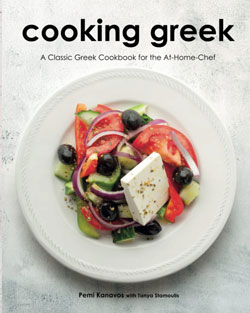mj_toronto8
Active member
I love the Greek tradition of decorating paper boats, and I thought it would be a fun project to do at home for the holidays. Called karavakia, the boats were used as a gift to sailors and as a token of good luck for the new year. It's a popular tradition!
How can I do this at home, any advice? Here is what I think I will do:
I found this video with visual instructions for making the paper boats. It's hard to describe with words!
How can I do this at home, any advice? Here is what I think I will do:
- Make boats out of paper - start by folding a square piece of paper in half diagonally. Then, fold the bottom corners up to the center and glue them down to create a diamond-shaped base. Fold the top corner down about an inch, and glue it down. Fold the two side corners inward towards the center and glue them down. The result should be a paper boat with a triangular sail.
- Decorate it however I want - I like glitter, ribbons, stickers, etc.... I love glitter!
- Some traditional ways to decorate - Cut out small triangles from colored paper to create a festive sail, then glue it onto the triangular sail of the boat.
- Be sure to tie a string to the boat, and your karavákia is ready to be hung up or placed on a windowsill
I found this video with visual instructions for making the paper boats. It's hard to describe with words!


